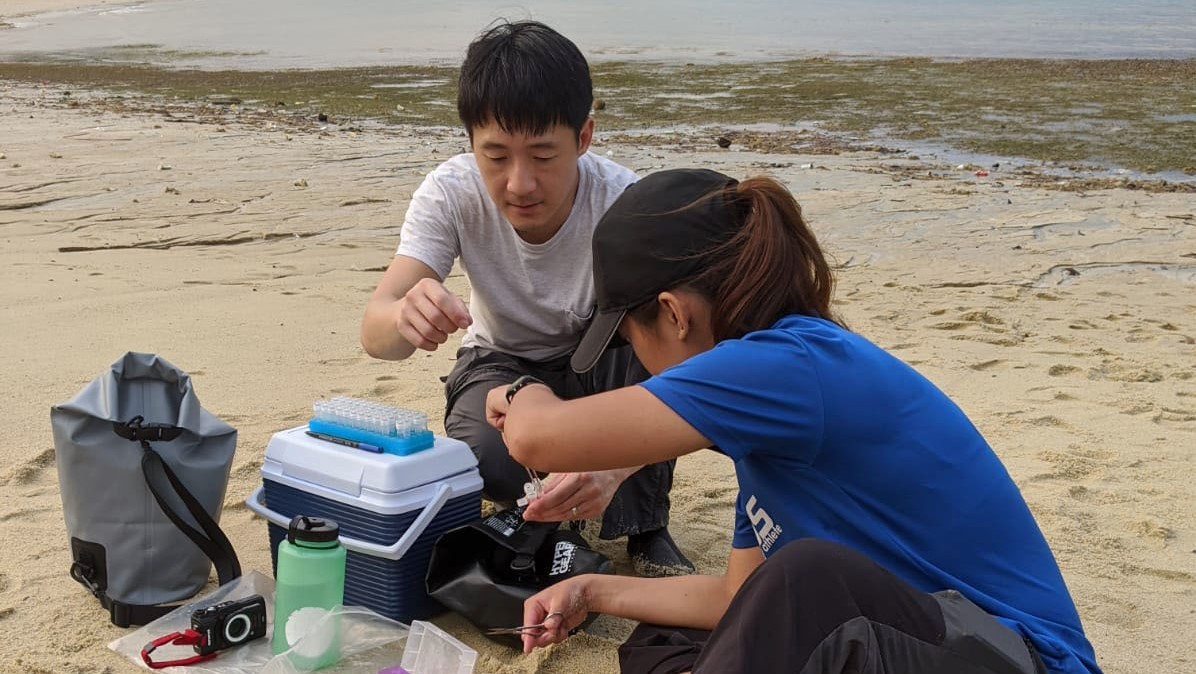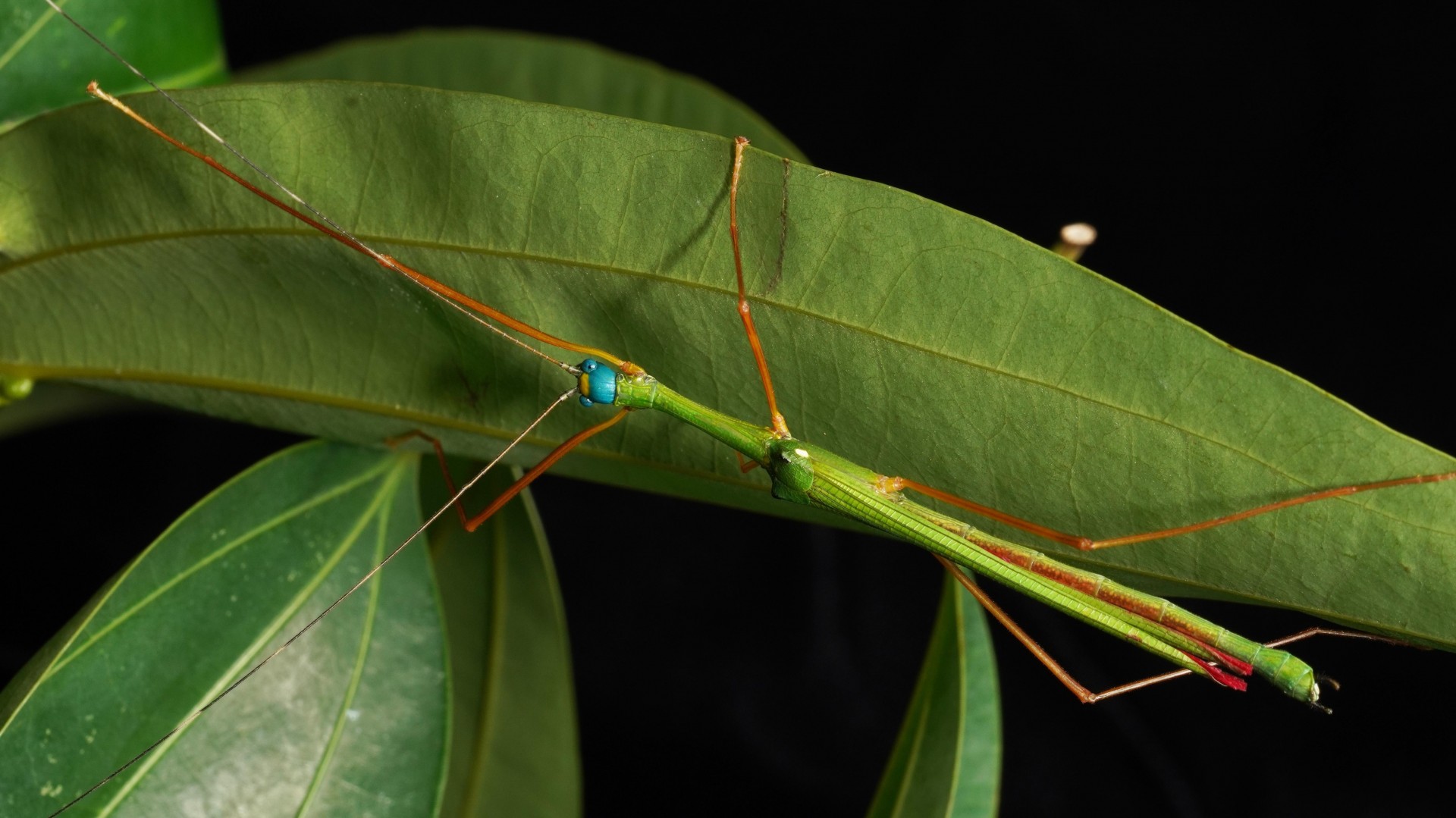Champions of biodiversity conservation
Biodiversity comprises all the plants, animals, and microorganisms around us. The diversity of ecosystems is essential in sustaining life and maintaining the complex relationships between organisms and their physical environment. However, in the past 50 years, global wildlife populations had declined by an average of 69 per cent, making conservation and restoration of biodiversity all the more urgent to prevent the loss of species.
Unfortunately, few would consider biodiversity conservation important or necessary within urbanised and densely populated cities such as Singapore. But even in cities, species’ biodiversity significantly impacts and benefits our lives, and understanding how urbanisation affects their populations can allow us to conserve them better.
To increase the understanding and awareness of biodiversity issues, the United Nations declared 22 May of each year “The International Day for Biological Diversity”. This year’s theme is “From Agreement to Action: Build Back Biodiversity”, to draw attention to the urgency of what must be done to restore biodiversity loss.
To commemorate this year’s International Day for Biological Diversity, NUS News highlights three of NUS’ champions of biodiversity conservation who are fighting the good fight to prevent biodiversity loss through research and education.
Education: The gateway for biodiversity conservation
Dr Amy Choong, Senior Lecturer from the NUS Department of Biological Sciences under the Faculty of Science, is a passionate educator and fungi-enthusiast. She believes that education is essential for sustaining and conserving the biodiversity of Singapore’s plant and fungi species.
“To understand how highly dependent we are on plants and fungi, we just have to dig a little deeper and think about where our food is coming from,” said Dr Choong, as she explained our heavy reliance on plants and fungi - from the food we eat to even the development of modern-day medicines such as cyclosporin, an immunosuppressant drug used to prevent organ rejection in people who have undergone organ transplant, and statin, a common cholesterol-lowering drug which are made from fungi sources.
She shared how it is vital to “look back at the fundamentals” to understand how each component of nature is essential to support all living things.
Trees, for example, provide oxygen to breathe, a cool spot for respite, and a soothing view to rest our tired eyes. Within each tree is an ecosystem where various flora, fauna, and fungi can thrive. Every part, from the trunk to the leaves to the roots, plays an essential role in supporting the survival of these organisms.
The mycorrhizal fungi are one such organism that demonstrates the need for biodiversity due to its symbiotic relationship with trees. Fungal mycelium – root-like structures – absorb nutrients from trees, and at the same time, trees depend on such fungi for essential minerals and bioactive compounds that are important for protection from pathogens and pests.
Dr Choong explained that despite our dependence on plants and fungi, the global trend of “plant and fungi blindness” – an apathy towards plants and fungi in everyday life – is a growing issue resulting from the lack of awareness and exposure to plant and fungi biodiversity.
In Dr Choong’s recent publication, “Education on plants and fungi in Singapore: An urgent call”, she emphasised the importance of teaching the value of botany and mycology to students, starting from the preschool level, to potentially encourage students to take up courses in botany and mycology when they reach tertiary education.
It is then through education can the knowledge of botanical and mycological skills be passed down for future generations to be equipped with the skills to take up jobs in management, conservation, and restoration of biodiversity in Singapore.
To boost the learning opportunities in botany topics for undergraduate students at NUS, the Department of Biological Sciences and the National Parks Board will be launching a new Botany Minor in August 2023. Dr Choong will coordinate the programme at NUS and teach some courses, such as Tropical Horticulture.
“I hope to inspire my students through my classes on Singapore’s biodiversity, then they can take the knowledge about botany and mycology to make a change when they enter the workforce,” said Dr Choong.
Impact of human activities and climate change on marine biodiversity
Associate Professor Huang Danwei, who is from the NUS Department of Biological Sciences and the Lee Kong Chian Natural History Museum, dives deep together with his team from the Reef Ecology Lab to study how interactions between climate change and urbanisation pressure, such as land reclamation and coastal degradation, can cause a decline in marine biodiversity in natural ecosystems.
“Our work focuses on predicting the changes in specific species and their diversity as climate change intensifies with differing levels of human-caused habitat loss due to land reclamation and coastal degradation,” said Assoc Prof Huang.
Additionally, he and his team develop and test methods to monitor species and habitats efficiently by using autonomous monitoring devices, and by analysing environmental DNA, that is, trace DNA released from organisms into the environment.
Assoc Prof Huang’s research is primarily on coral reefs “mainly because they are undergoing severe declines worldwide due to climate change”. In a recent study published in Climate Change Ecology, his team found that rising sea levels can potentially result in the loss of coral reefs and the species that live on and around them.
He added that it is essential to conserve biodiversity even in urbanised cities like Singapore because of the natural connectedness of ecosystems across national boundaries.
“It is common to consider conservation as protecting species or habitats. However, protecting the corridors of animal and plant dispersal is also critical,” he said, explaining that the interconnectedness of ecosystems is most overlooked in biodiversity conservation.
Assoc Prof Huang used an example of the waters off Singapore which connects the South China Sea with the Strait of Malacca and the broader Indian Ocean. “When disturbances to any of the habitats in these regions occur, Singapore's habitats may serve as refuges and stepping stones where populations could recover and generate larvae to seed the impacted areas,” he explained.
Urbanisation and its effect on Singapore’s insect biodiversity
Assistant Professor Eunice Tan Jingmei from the NUS Department of Biological Sciences is an insect lover, and she is passionate about understanding the ecological interactions of insect species and their environment.
“I want to understand what insect biodiversity is in my neighbourhood and understand how, through research, the impact of urbanisation on Singapore’s insect biodiversity, so that we can better plan and manage of urban spaces to help conserve these insect species,” said Asst Prof Tan.
Up to 90 per cent of wildlife interact with insects in the ecosystem; globally, there has been a mass decline in insect populations, which can disrupt the food chains and result in a corresponding decrease in the populations of other organisms in the ecosystem.
“Much of conservation is focussed on large, charismatic animals, while most overlook the conservation of insects. However, insects are an integral part of the ecosystem for these animals,” said Asst Prof Tan.
Since December 2021, Asst Prof Tan and her team have been performing long-term sampling of spiders and insects on Sentosa Island to understand the biodiversity on the island and build a database. The team set out on this ecological survey to understand biodiversity in urban spaces with human activity.
“We sampled the insects and spiders to get an idea of their abundance and diversity of species present in Sentosa Island to build a database. We can then use this database to identify what factors are affecting their populations, and consider these factors in the management, conservation, and planning of urban spaces to help protect these species,” said Asst Prof Tan.
Asst Prof Tan and her team are working on a separate project to understand the effect of artificial light at night (ALAN) on the biology and ecology of insects. Through observations of the mating behaviours of the stick insect, Marmessoidea rosea, the researchers found that these stick insects mate more frequently in the absence of ALAN. This study will help us understand how ALAN can affect insect mating behaviour and, ultimately, their populations.
Research can only bring biodiversity conservation so far if more is done to apply the evidence. Therefore, research and education are needed to help raise awareness of the importance of biodiversity and encourage everyone to prioritise species conservation in our actions and planning.






